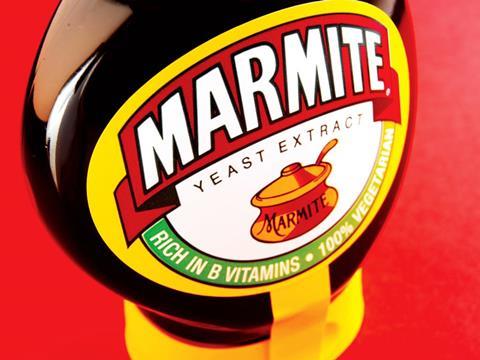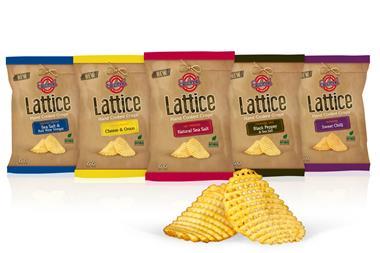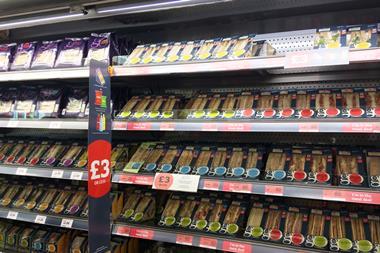
By Stephen Oldfield, partner at PwC
What do Marmite, Birds Eye fish fingers and Toblerone have in common?
Manufacturers of all these popular consumer goods have signalled the need for price rises in the wake of the recent 15-20% devaluation of the pound. As well as currency changes, suppliers are also facing labour cost pressures through legislation such as rises in the living wage and new apprenticeship levies. There will also be a significant impact on foreign workers, as wages paid in sterling will be worth less in home currency, creating short-term pain as pay checks are reduced and medium-term uncertainty about the guarantee of jobs post-Brexit.
Meanwhile, on the other side, supermarkets have cited the importance of holding prices steady for consumers. In total, in the UK we import around 40% of our food and drink, either in imported products or ingredients into the food and drink we consume. So the impact of the currency movement on food and drink prices is irrefutable.
’For productive discussions to take place, both sides need to acknowledge that cost inflation will be inevitable and work together to put together a sensible and timely plan of damage control’
Some food suppliers managed to get their price increases through prior to the autumn, see for example the recent rise in the cost of Christmas puddings by nearly 21%. The vast majority, however, will have to wait until after the Christmas rush when the negotiations will really start and opportunities and threats will come into sharper focus.
So what are the opportunities for the consumer goods industry?
In order for productive discussions to take place, both sides need to acknowledge that cost inflation will be inevitable and work together to put together a sensible and timely plan of damage control. Obvious solutions will include strategies such as value re-engineering of products - reducing weight, changing shape or redesigning packaging – best epitomised by the new minimalistic Toblerone. This expands to the drinks industry as well, with Britvic recently announcing new savings to reassure investors about possible inflation.
However, when all the solutions have been examined the likelihood is there is only so much more you can do to cut costs on product without compromising quality and as a consequence, it seems price rises are likely to be needed. How much of an increase this will be and who shares any margin hit will be key issues up for negotiation.
And what are the threats?
Both manufacturers and retailers are facing imminent economic challenges, supermarkets from retaining consumer spend and dealing with the competition from discounters and suppliers from cost inflation. There is little room for complacency.
Supermarkets need their suppliers and suppliers need their supermarkets, and this economic interdependency is likely to outlast the current political turmoil. Uncertainty through early 2017 will serve neither party in the eyes of the consumers, banks and the financial markets as time and cost is spent and customer loyalty put at risk. Will supermarkets and suppliers face indigestion or find new ingredients together to swallow the cost inflation?
Watch your supermarket shelves in the New Year for the answer.
Source
Stephen Oldfield, partner at PwC



















No comments yet